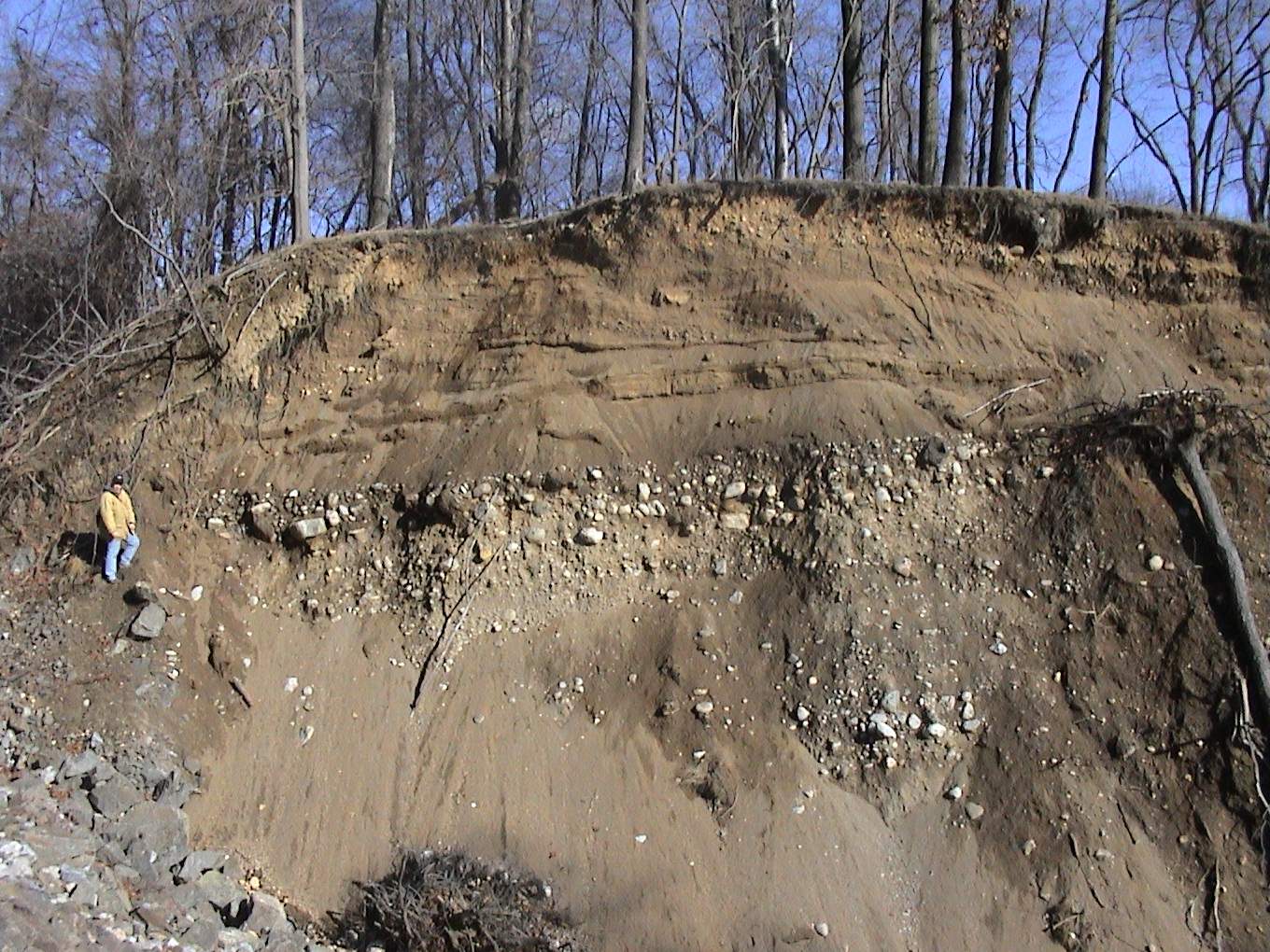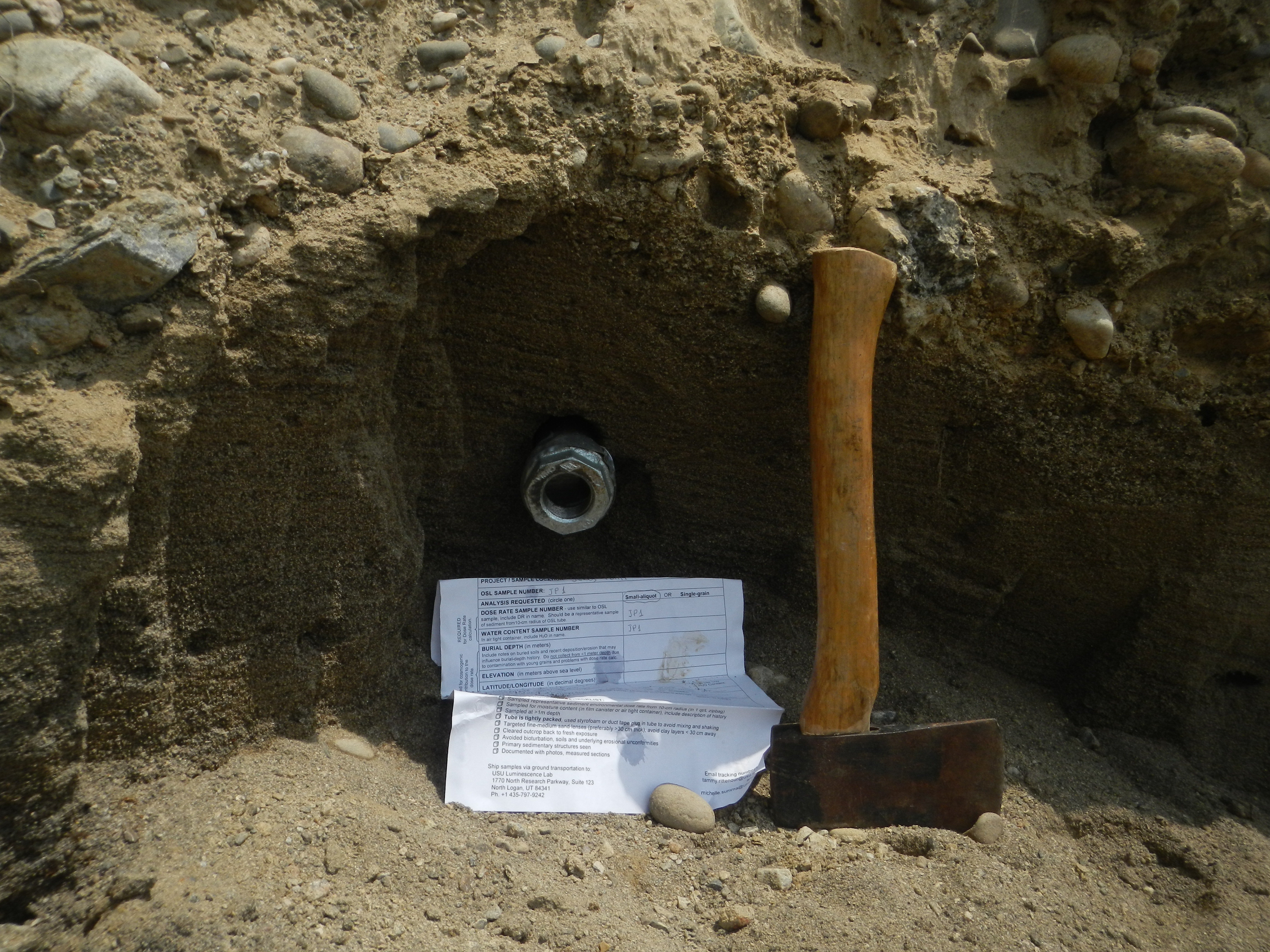10 Finding samples in the field
Data collection in the field requires finding appropriate samples according to the goal of the study. For example, if we are looking for the dating of the ice retreat we need to make sure that rocks that we sample were polished by the ice and were left intact after the retreat of ice. In most cases we need to make sure that material we test was subject to the accumulation of a specific isotope that we use in our analysis.
The clip below shows rock sampling in Greenland (2005) by Dr. Vincent Rinterknecht and me using cosmogenic method that is based on element Beryllium-10 (10Be) which is a radioactive isotope of beryllium. It is formed in the Earth’s atmosphere mainly by cosmic ray spallation of nitrogen and oxygen. Beryllium-10 has a half-life of 1.39 × 106 years.
More detailed (26 min) film about our research you can see here:
Results of this work were published in: Rinterknecht V.R., Y. Gorokhovich, J. Schaefer, M. Caffee. 2009. Preliminary 10Be Chronology for the Last Deglaciation of the Western Margin of the Greenland Ice Sheet. Journal of Quaternary Science, 24 (3) pp. 270-278
Greenland, 2005, western coast, cosmogenic sampling.
Geochronology on Hudson: glacial (ice) deposits
Another absolute dating method applied specifically for sediments (loose eroded materials such as sands, gravel, etc.) is called optically stimulated luminescence method (OSL). This method measures energy stored in the sediment since it was buried by other layers and compares it to the modern energy in surrounding sediments. Below is an illustration of the typical sedimentary sequence of glaciofluvial deposits and an example of a sampling from one of the layers.
 Glaciofluvial deposits, New York
Glaciofluvial deposits, New York
 Sampling for OSL dating from one of the layers in glaciofluvial deposits
Sampling for OSL dating from one of the layers in glaciofluvial deposits
More on the OSL dating of glaciofluvial deposits in New York see:
Gorokhovich, Y.A., M.Nelson, T. Eaton, J.Wolk-Stanley, G. Sen. 2018. Geochronology and geomorphology of the Jones Point glacial landform in Lower Hudson Valley (New York): Insight into deglaciation processes since the Last Glacial Maximum. Geomorphology, 321, 87-102
URL link: https://www.sciencedirect.com/science/article/pii/S0169555X18303088

